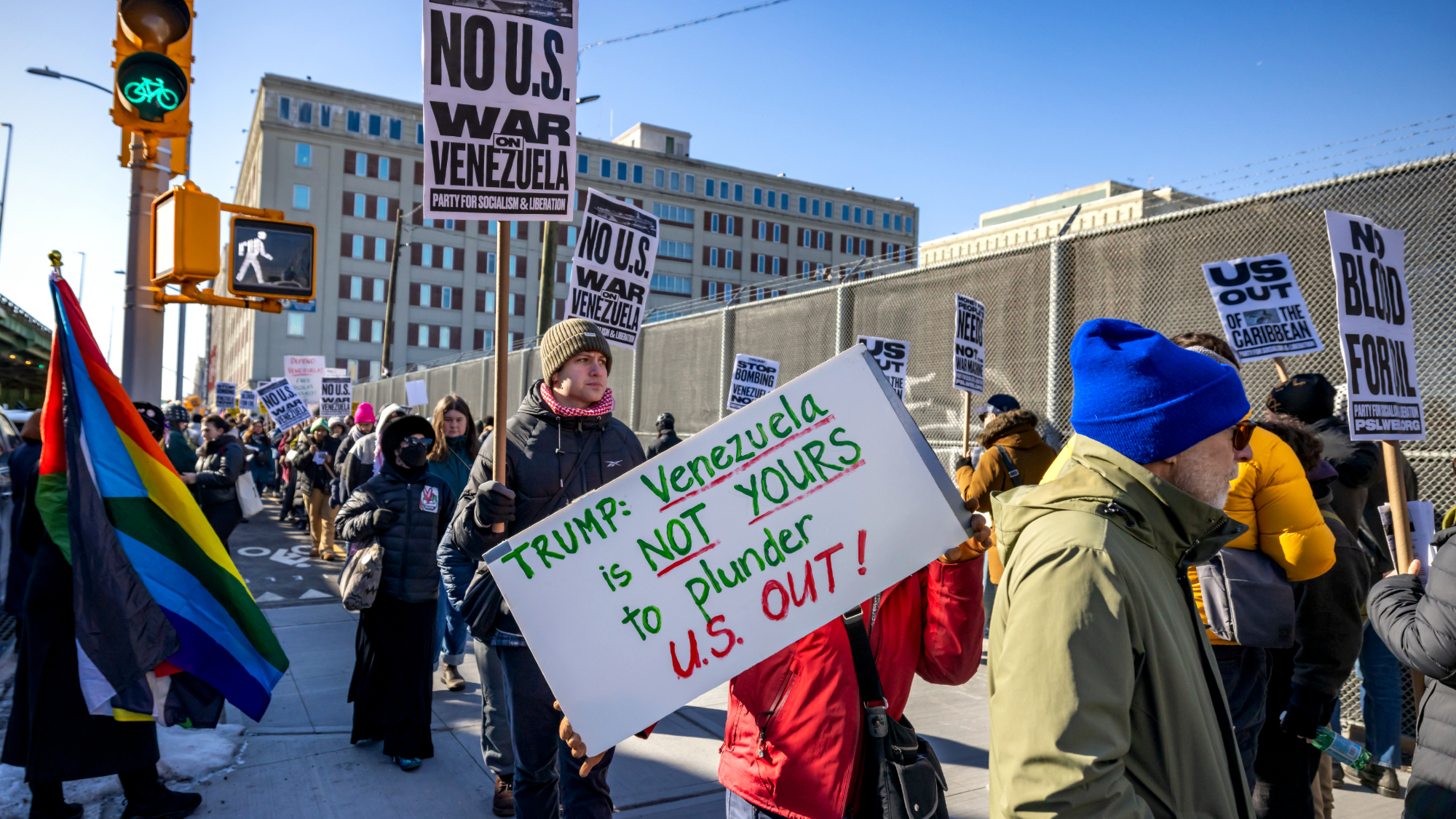Crisis at Fukushima
The Japanese government said it was taking over the cleanup effort at the crippled nuclear plant amid disturbing reports of new leaks.
The Japanese government said this week it was taking over the cleanup effort at the crippled Fukushima nuclear plant amid disturbing reports that new leaks are allowing highly radioactive water to flow into the Pacific Ocean. Since the March 2011 earthquake and tsunami caused a massive nuclear-core meltdown, the utility TEPCO has been unable to contain the contamination. This week it admitted that radiation levels near one leaky tank were 18 times higher than previously recorded, and intense enough to kill a person in four hours. In what Prime Minister Shinzo Abe called “a fundamental solution to the problem of contaminated water,” the government said it would build a mile-long, subterranean ice wall around the reactor cores.
It sounds “like a crazy, last-ditch gambit,” said Josh Dzieza in TheDailyBeast.com. Yet it could work. Ice walls have been used for decades to protect mines from flooding. At Fukushima, pipes filled with supercooled liquid will be sunk to depths of 100 feet to freeze the earth and prevent the radioactive water from contaminating groundwater. The resulting wall will be “self-healing: Whenever the soil shifts and a crack forms in the wall, any water that flows in or out will freeze, plugging the leak.” But it will need to be maintained for years.
Yet “how far is the government prepared to go?” asked Phred Dvorak and Mari Iwata in The Wall Street Journal. Until now it has refused to devote the tens of billions of taxpayer dollars that would be needed to fix the mess. Instead it blamed TEPCO, and even now it has committed only to the ice wall, insisting that the utility be responsible for replacing the leaky tanks.
The Week
Escape your echo chamber. Get the facts behind the news, plus analysis from multiple perspectives.

Sign up for The Week's Free Newsletters
From our morning news briefing to a weekly Good News Newsletter, get the best of The Week delivered directly to your inbox.
From our morning news briefing to a weekly Good News Newsletter, get the best of The Week delivered directly to your inbox.
That’s disturbing, because TEPCO has shown “a frightening level of amateurism,” said Mycle Schneider in CNN.com. It only found the most recent leak after someone noticed water on the floor. What passes for inspection is two workers walking around to visually scrutinize 1,000 tanks in two hours. Cooling “three molten reactor cores and five spent-fuel pools in a disaster zone is a job of titanic proportions,” and TEPCO should never have had to face it alone. The government has shown a “pattern of denial” since the disaster began. An ice wall alone may not be enough to break it.
A free daily email with the biggest news stories of the day – and the best features from TheWeek.com
-
 How robust is the rule of law in the US?
How robust is the rule of law in the US?In the Spotlight John Roberts says the Constitution is ‘unshaken,’ but tensions loom at the Supreme Court
-
 Magazine solutions - December 26-January 2
Magazine solutions - December 26-January 2Puzzles and Quizzes Issue - December 26-January 2
-
 Venezuela ‘turning over’ oil to US, Trump says
Venezuela ‘turning over’ oil to US, Trump saysSpeed Read This comes less than a week after Trump captured the country’s president
-
Putin’s threat to fracture Ukraine
feature Fears that Russia was building a pretext for an invasion of eastern Ukraine grew, as pro-Kremlin protesters occupied government buildings in three cities.
-
Curbing NSA surveillance
feature The White House said it will propose a broad overhaul of the National Security Agency’s domestic surveillance program.
-
Downsizing the military
feature A new budget plan for the Pentagon would save hundreds of billions of dollars by taking the military off its post-9/11 war footing.
-
Putin ratchets up pressure on Ukraine
feature Russian President Vladimir Putin put 150,000 troops at the Ukraine border on high alert and cut off $15 billion in financial aid.
-
Ukraine on the brink of civil war
feature Ukraine’s capital was engulfed in flames and violence when hundreds of riot police launched an assault on an anti-government protest camp.
-
Ukraine at the breaking point
feature An alliance of opposition groups vowed protests would continue until President Viktor Yanukovych is removed from power.
-
Dim prospects for Syrian talks
feature A long-awaited Syrian peace conference in Montreux, Switzerland, quickly degenerated into a cross fire of bitter accusations.
-
The fight over jobless benefits
feature A bill to restore federal benefits for the long-term unemployed advanced when six Republican senators voted with Democrats.